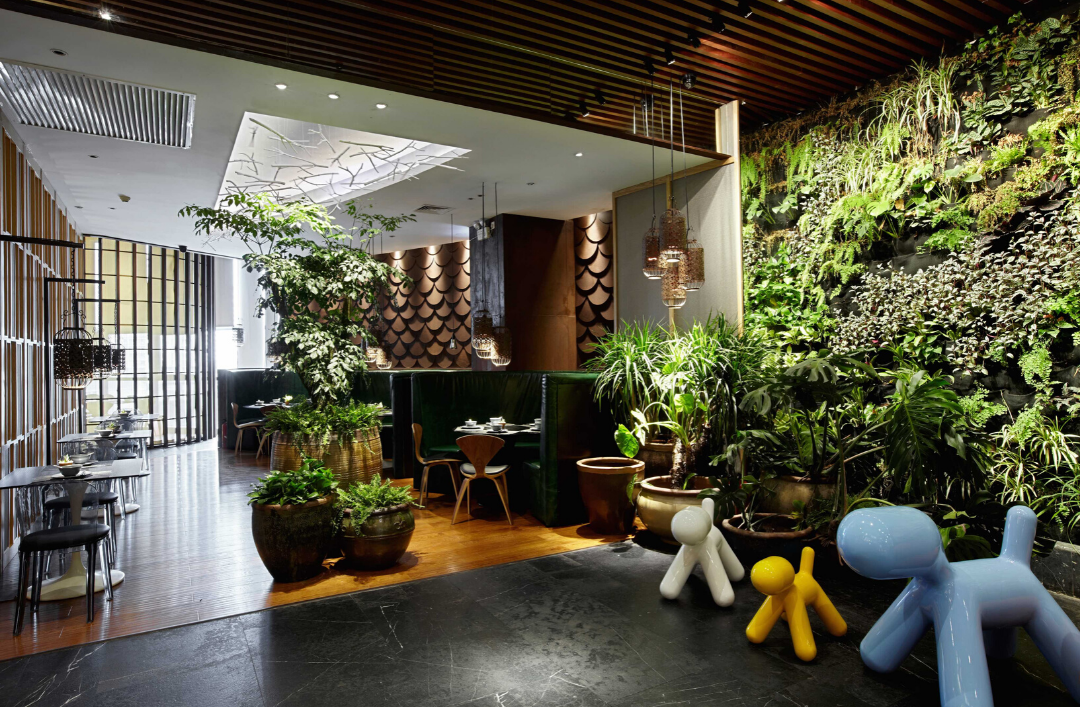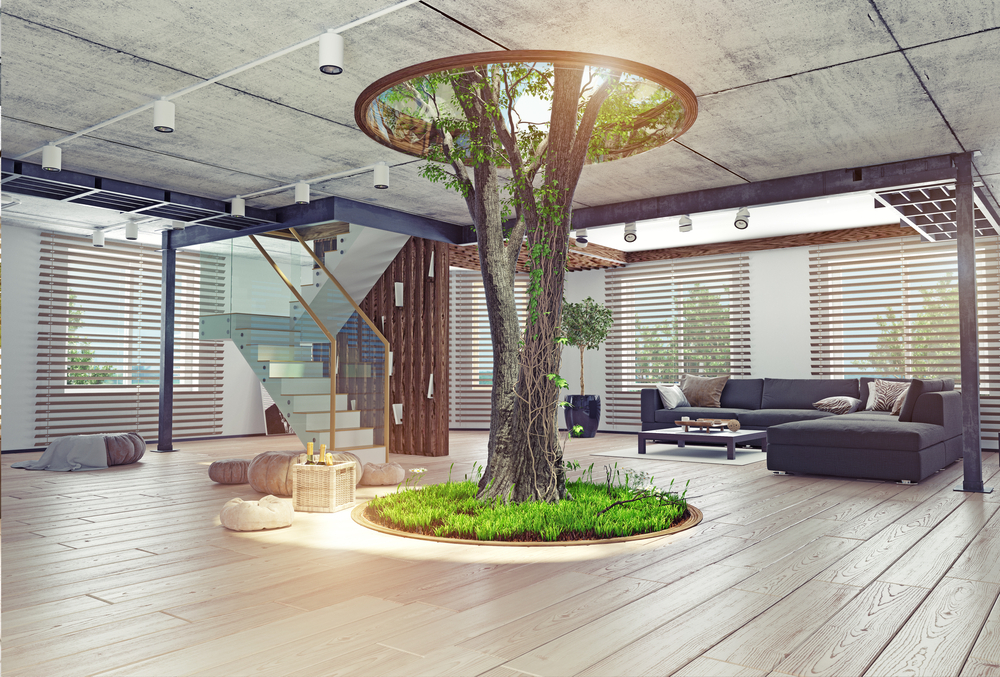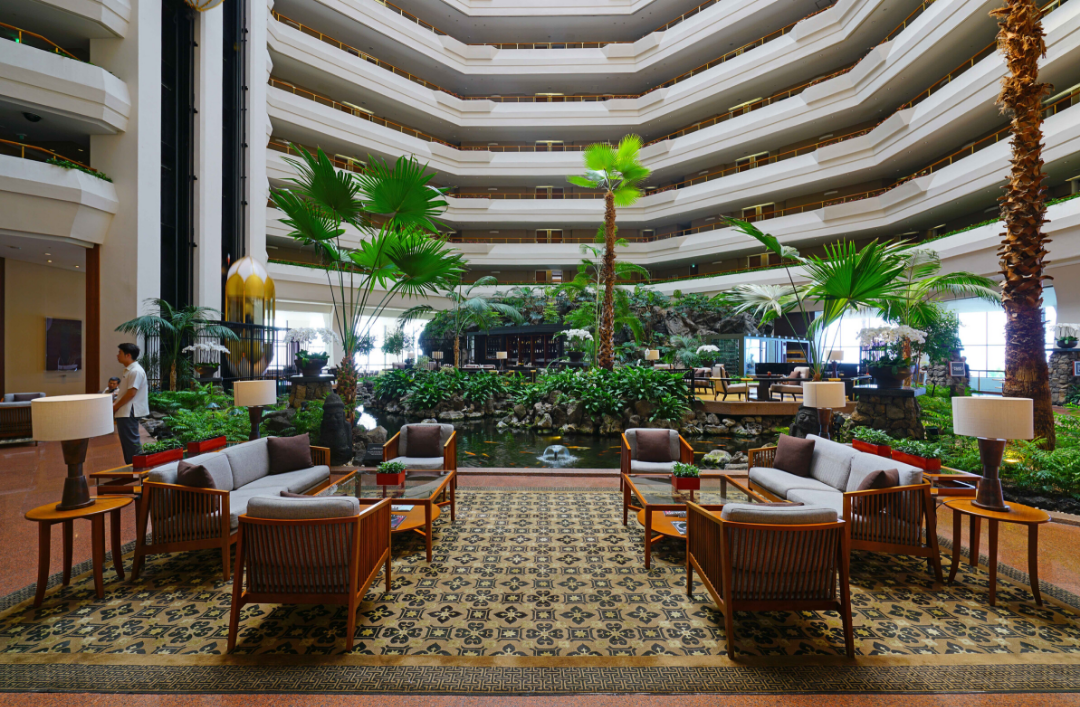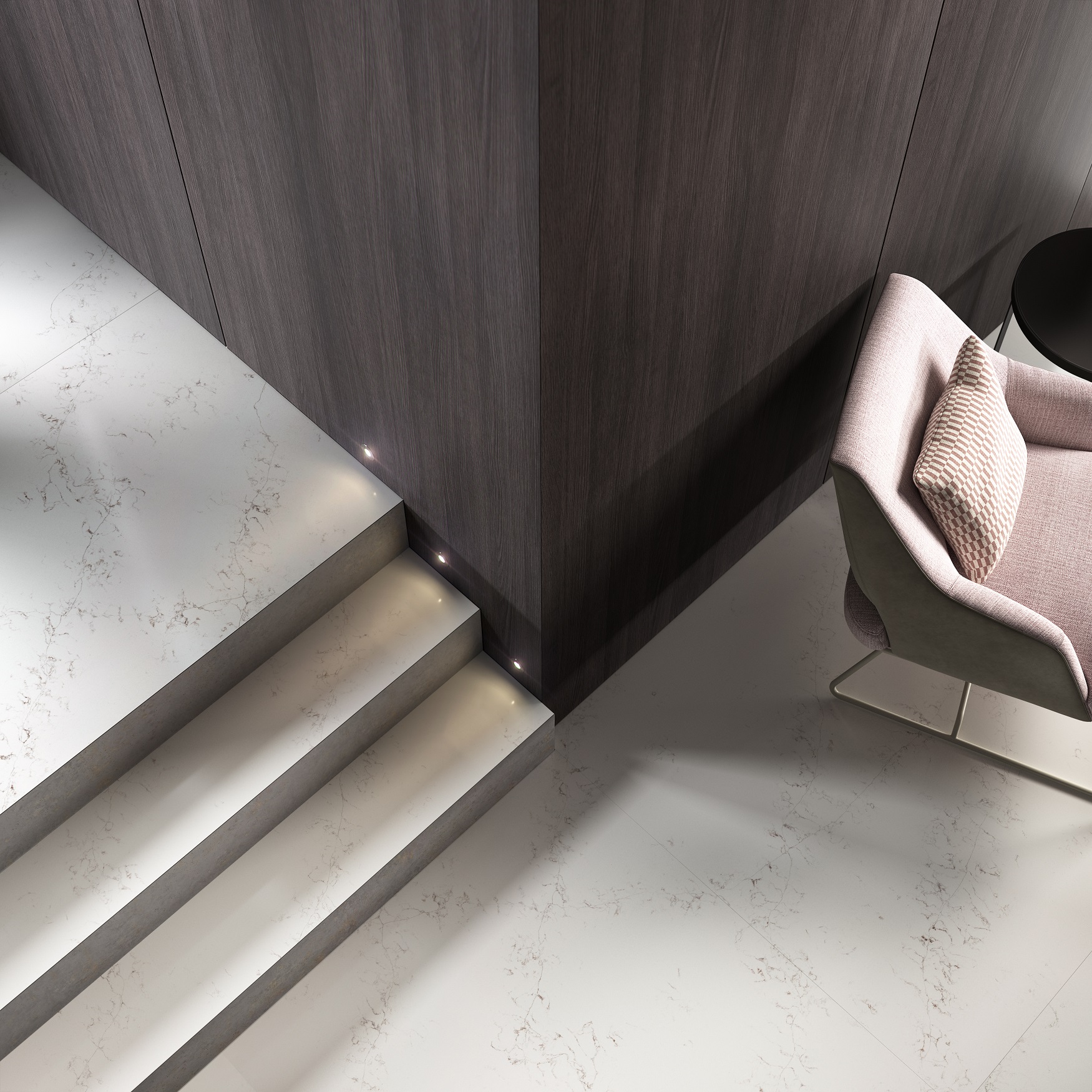
Nowadays, it is relatively easy to find indoor spaces where nature is making headway in nooks that, at first glance, are not designed for it—bringing life to designs dominated by concrete or similar materials. In this vein, incorporating nature when planning a home or even an office is a trend in line with the environmental awareness of this new era; in fact, this week will see this awareness raised further during the UN Climate Summit in Madrid.
However, when talking about harmonious co-existence with certain types of architecture, we need to travel much further to Japan, where this symbiosis has enjoyed broad adoption over the last few decades. The architect Alberto López del Río highlights this phenomenon in his paper, ‘La naturaleza interior. El árbol como referente simbólico en la arquitectura contemporánea japonesa’ [Indoor Nature: Trees as a Symbolic Reference in Contemporary Japanese Architecture]. The text explains the close relationship between human beings and nature as a central feature of Japanese culture and an essential pillar to understanding its art and architecture.

The work shows that the tree has become a common denominator in certain Japanese architectural designs. Architects see the tree in two different ways: on the one hand, nature is a direct reference and inspires a dialogue between the natural and built environment. This approach uses different mechanisms to achieve this integration and there is a graded relationship that goes from subtle to total symbiosis, such as the Roku Museum by Hiroshi Nakamura, where the floor and sections of the building curve so as to adapt to the contours of a set of previously planted trees.
On the other, natural references are recreated by creating arboreal elements that invoke the sensations provided by nature indoors. This model applies to the Tree House by Mount Fuji Architects Studio, where a central wooden element shoots up in clear allusion to a tree—- a place where we can lean and take shelter under the branches. This represents another type of indoor nature, not as vivid but equally evocative in terms of harmony.
These are just two examples from the many seen in Japanese architecture, which is at the vanguard of this kind of integration. For a few years now, the concept has travelled to within our own borders, especially at museums, institutional buildings, bars and restaurants with an eastern inspiration or which have a clear environmental commitment with nature at their very heart. This applies, for example, to the Museum of Human Evolution (MEH) in Burgos: in front of the main façade is a sloping terrain that recreates a natural environment similar to the Atapuerca Mountains; inside, the open plan building is column-free and houses large blocks where a natural landscape identical to the Burgos Mountain Range flourishes.
Biophilic design in offices
It is not only in the residential or museum spheres where this type of nature-inspired design is prospering, since the business world has also taken to this environmental current by introducing elements that imitate or attempt to recreate outdoor natural spaces inside, in an approach known as biophilic design. According to some experts, this can increase productivity and creativity amongst employees thanks to them now working in more pleasant environments.
In this sense, in addition to being an architectural resource, this type of design uses sensory stimuli to create a sense of wellbeing associated with nature. These elements run from thermal sensations through subtle changes to relative humidity or the air flow through the building, to the presence of water, dynamic and diffuse lighting, or even certain smells that hark back to nature.


